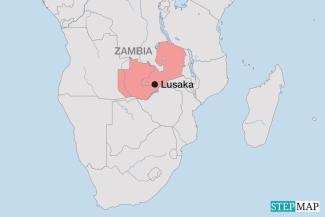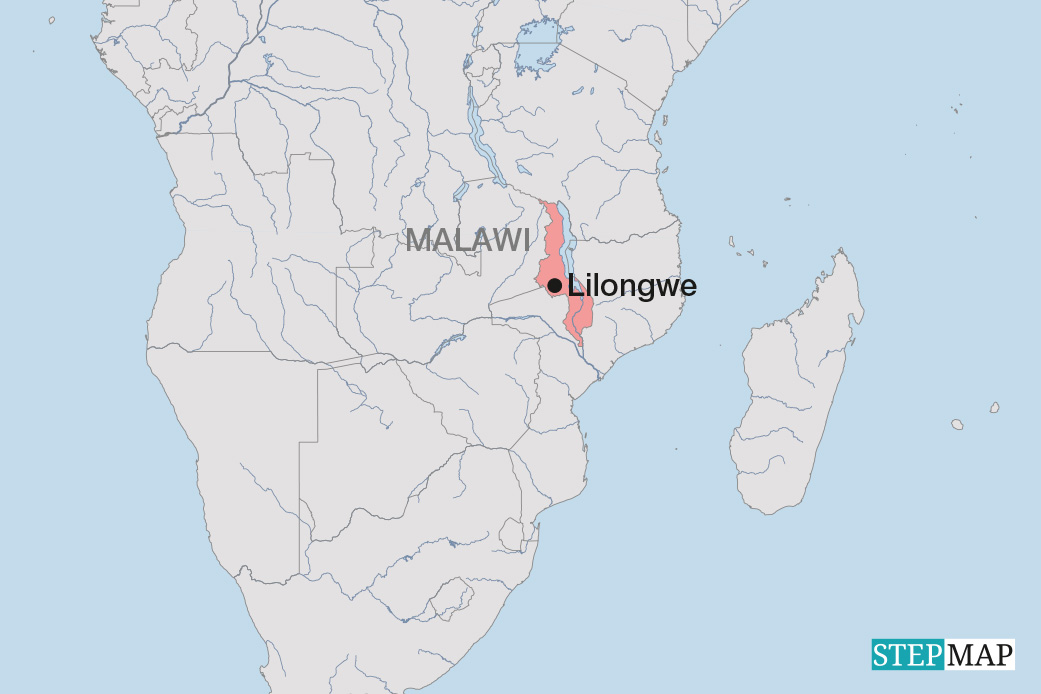COMESA
Promoting regional trade in Africa

COMESA reported intra-regional trade to have hit $ 9.9 billion as of 2022 from $ 9.2 billion recorded in 2019. Many member states, including Zambia, are pledging continued support to the initiative. While taking over the chair of the regional economic bloc from his counterpart Abdel Fattah el-Sisi of Egypt during the recently held 22nd COMESA Summit in Lusaka, Zambia’s President Hakainde Hichilema, said: “It is therefore incumbent upon ourselves to combine our resources to promote trade and investment that will support sustainable growth and create jobs.”
The regional summit’s theme was: “Economic integration for a thriving COMESA, anchored on green investment, value addition and tourism.” With a combined population of 580 million and a GDP of $ 768 billion, member states’ potential for intra-COMESA trade is enormous and the demand for value-added products is bound to keep growing well into the future.
Recently, Zambia and the Democratic Republic of the Congo signed a Cooperation Agreement for the Development of a Value Chain in the Electric Vehicle Battery and Clean Energy sector. Recognising that about 70 % of the world’s cobalt reserves are in Zambia and the DRC, the two neighbouring countries harmonised their strategies to develop policies in the mining and industrial sectors for the success of the initiative.
Mining experts say the joint initiative is aimed at promoting value addition and regional integration of the continent’s vast mineral resources, in recognition of the global transition to decarbonisation and the expected increase in demand for e-technologies.
In line with the African Union’s Agenda 2063, which seeks to become an integrated, prosperous and peaceful Africa, driven by its citizens, leaders from the regional economic bloc agreed to pursue opportunities locally and within the region.
Kenya’s President William Ruto is committed to COMESA’s vision of prosperity through economic integration. Ruto said Kenya is championing the radical repositioning of Africa as the clean, young, green continent of the future to exploit the opportunities arising from the global transition to green industrialisation and to transform the challenges posed by the climate crisis into opportunities to lead the next industrial revolution.
“Our theme for the 22nd COMESA Summit resonates powerfully with Kenya, especially our aspirations for radical national transformation. The promotion of green investment to power a zero-carbon global industrial order is a priority,” Ruto said.
President Lazarus Chakwera of Malawi focused on the special nature of challenges that the region has faced since 2017. These have devastated people and economies and include Cyclone Idai, tropical storms Ana and Gombe and Cyclone Freddy. He also highlighted other challenges faced in the last six years which include droughts, the effects of the Russian-Ukraine war and outbreaks such as Covid-19 and cholera.
“All of these factors have become the perfect storm that has our region in a weak position in the context of global trade. Our only chance for improvement is through leveraging the strength in our numbers, to integrate our economies urgently so that we have collective resilience against unpredictable forces that are coming against us with greater frequency over time,” Chakwera said.
Derrick Silimina is a freelance journalist based in Lusaka.
derricksilimina@gmail.com












